With the schooner Bowdoin back in its home port of Castine, Maine, the students and crew are completing final touch-ups and rigging. As we prepare to get underway, we’ve been learning the ship’s terminology, including the names of the lines, sails, and daily boat checks.
We are settling into our daily routines, which include raising the colors, assisting the steward, and helping the professional crew prepare and bring online the ship’s systems, such as the freshwater maker, sanitation system, and hot water system.
We prepared and rigged the sails, finally hoisting them during our initial day sail. During this initial sail, we conducted emergency drills to familiarize everyone onboard with the equipment and procedures for handling emergencies at sea. These drills also allowed us to practice and perfect our emergency response system, ensuring that everyone was accounted for and performed their duties during an emergency. Additionally, everyone onshore was issued an immersion suit, also known as a survival suit, which we inspected and tried on.
The Arctic voyage on the schooner Bowdoin serves as our summer training cruise. As part of our USCG licensing program, we will learn terrestrial and celestial navigation, watchkeeping, vessel handling, passage planning, and the procedures for entering and clearing foreign ports while underway.
As part of our preparations, we are also learning about the history of the schooner Bowdoin and its relationship with the Arctic. We visited the Peary–MacMillan Arctic Museum in the John and Lile Gibbons Center for Arctic Studies at Bowdoin College in Brunswick, Maine. The museum is named after Arctic explorers, and Bowdoin College graduates Robert E. Peary (Class of 1877) and Rear Admiral Donald MacMillan (Class of 1898), who made a historic voyage to Greenland in 1913 that inspired the construction of the schooner Bowdoin.
Susan Kaplan, chair of the Department of Anthropology and director of the Peary-MacMillan Arctic Museum and Arctic Studies Center, gave us an overview of the Arctic, including the cultural life of the indigenous people, and provided us with an informative tour of the museum’s collection, which includes artifacts from Peary and MacMillan’s expedition equipment.
Post By: Jorge Morales-Lopez, Graduate Student, Global Logistics & Vessel Operations
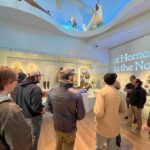

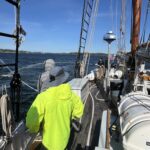
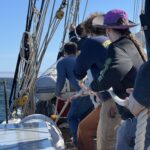
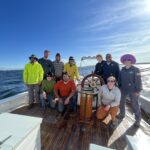
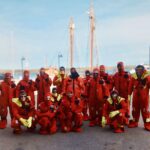
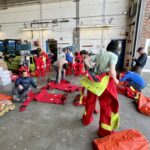
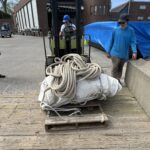
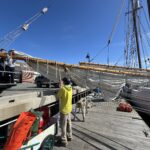
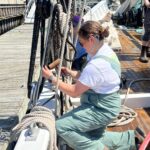










All Rights Reserved © 2025 • Web issue?
Non-Discrimination Notice • Privacy Policy & GDPR